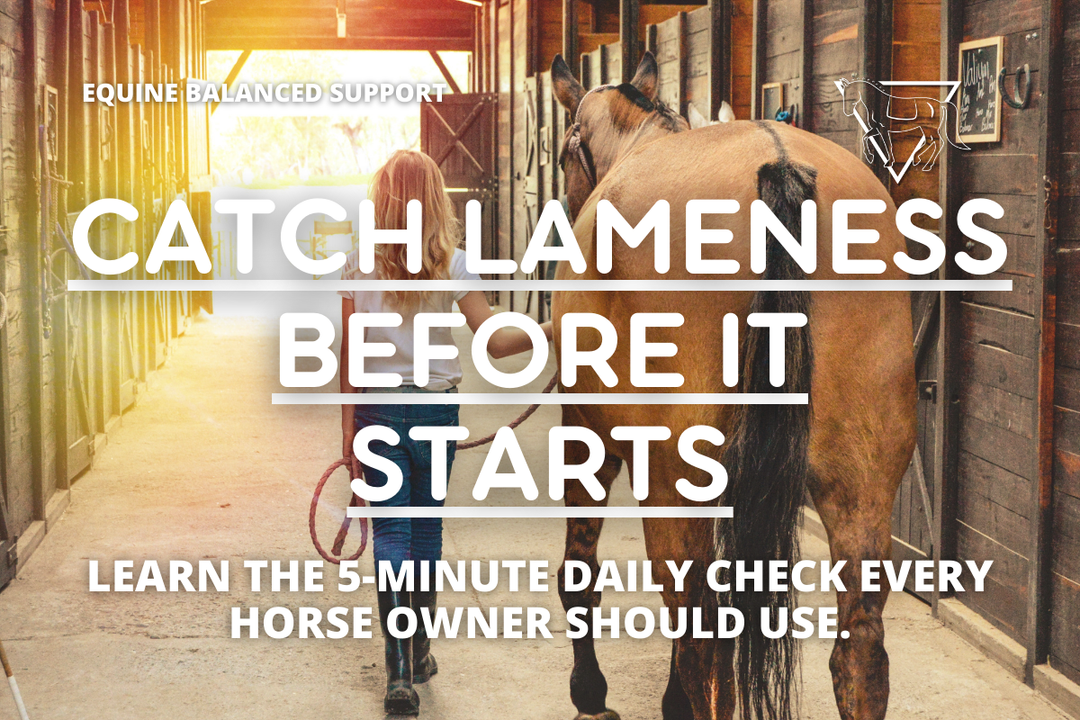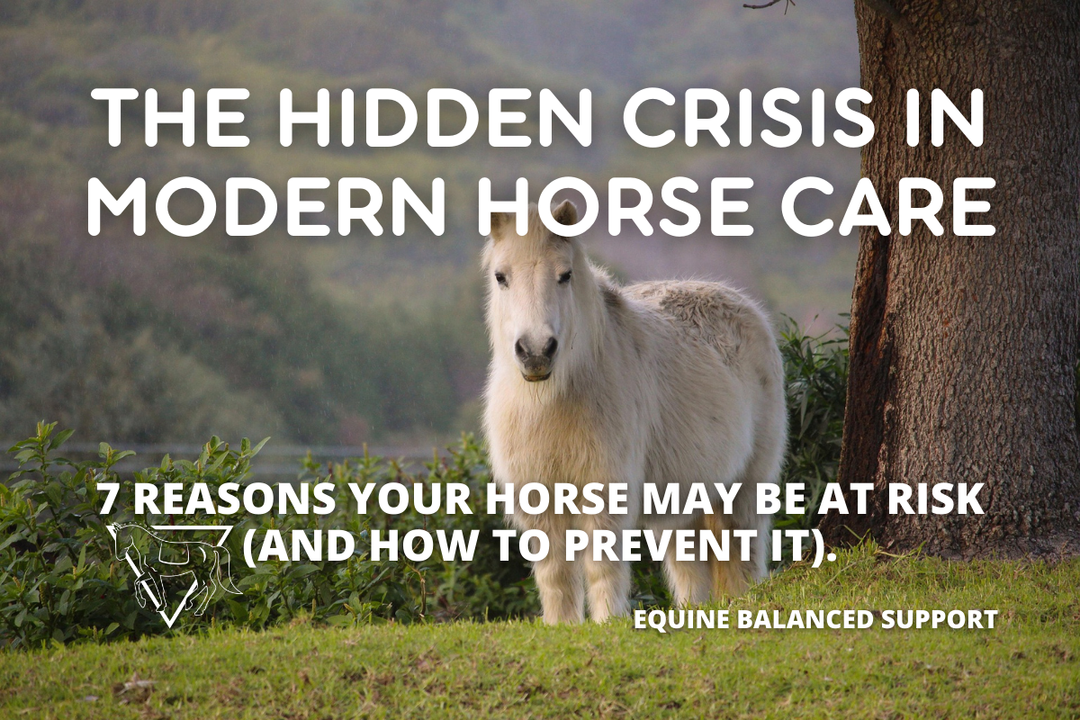Myth vs. Reality of Cushing's Disease in Horses

Cushing's Disease in Horses: Debunking Common Myths and Understanding the Reality
Cushing's disease, also known as Pituitary Pars Intermedia Dysfunction (PPID), is a common endocrine disorder in horses. Despite its prevalence, misconceptions about the condition are widespread. To help horse owners and caretakers better understand this disease, let's look into the myths versus the realities of Cushing's disease in horses.
Myth 1: Cushing's Disease Only Affects Old Horses
Reality: While Cushing's disease is more common in older horses, it can also occur in younger horses. Typically diagnosed in horses over 15, it affects some as young as seven. The age-related prevalence is due to the condition's progressive nature, but younger horses can also be affected, especially if genetic factors are at play.
Myth 2: A Long, Curly Coat Is the Only Symptom of Cushing's Disease
Reality: The long, curly coat (hirsutism) often associated with Cushing's disease is one of the most visible signs, but it is not the only symptom. Some horses with Cushing's develop this coat change, but not all do. Other signs include abnormal fat deposits (especially above the eyes), increased thirst and urination, muscle wasting, chronic laminitis, delayed shedding, lethargy, and recurrent infections or soft tissue injuries. Not every horse will have all or any of these symptoms. Keep an open dialogue with your veterinarian to determine when testing is appropriate. Recognizing the wide range of symptoms is crucial to ensure timely diagnosis and treatment.
Myth 3: Cushing's Disease is Untreatable
Reality: Cushing's disease is a chronic condition that is not curable but is often effectively managed with proper care. The most common treatment involves the medication pergolide (Prascend), which helps control the overproduction of hormones from the pituitary gland. Several herbs and supplements are available that can help manage symptoms. Medication, dietary adjustments, and regular veterinary checkups are essential to managing the condition and improving the horse's quality of life. Many horses with Cushing's disease can live happy, healthy lives with the proper management plan.
Myth 4: Cushing's Disease and Equine Metabolic Syndrome (EMS) Are the Same Thing
Reality: Cushing's disease and Equine Metabolic Syndrome (EMS) are distinct conditions. Cushing's disease is a dysfunction of the pituitary gland, leading to an overproduction of certain hormones, particularly cortisol. On the other hand, EMS includes insulin dysregulation and obesity. Having PPID makes a horse more susceptible to EMS. Although horses with these conditions have a greater risk of developing laminitis, and some may have both conditions simultaneously, the diseases have different underlying causes and require different management strategies. A complete vet exam, including a metabolic workup, is needed to make a proper diagnosis.
Myth 5: A Horse Who Is Diagnosed with Cushing's Should No Longer Be Ridden
Reality: A Cushing's diagnosis doesn't necessarily mean the end of a horse's riding career. Many horses with well-managed Cushing's disease can continue to be ridden and enjoy a productive life. However, monitoring the horse's health, fitness, and comfort level is imperative because Cushing's can increase the risk of laminitis and soft tissue injuries. Regular consultations with your veterinarian can help determine an appropriate exercise routine based on the horse's condition.
Myth 6: Cushing's Disease is Rare
Reality: Cushing's disease is quite common, particularly in older horses. Studies suggest that as many as 20-30% of horses over the age of 15 may be affected by the condition. Despite this, many cases go undiagnosed, especially if the symptoms are mild or mistaken for signs of aging. Early diagnosis and treatment can significantly improve a horse's quality of life, so it's crucial for owners to be aware of the signs and seek veterinary advice if they suspect their horse may be affected.
Myth 7: A Special Diet Isn't Necessary for Horses with Cushing's Disease
Reality: Diet plays a crucial role in managing horses with Cushing's disease, especially those prone to laminitis. These horses often benefit from a low-sugar, low-starch diet to reduce the risk of insulin spikes. Forage should be the basis of their diet, and any concentrates should be carefully selected to avoid excess sugar and starch. A veterinarian or equine nutritionist can create a dietary plan tailored to an individual horse's needs.
Conclusion
Cushing's disease (PPID) is a complex condition that requires careful management and understanding. By dispelling myths and recognizing the realities of this disease, horse owners can make informed decisions to improve their horses' health and well-being. If you suspect your horse may have Cushing's disease, consult your veterinarian for proper diagnosis and treatment. With the right care, many horses with Cushing's can continue to lead comfortable and active lives.
Looking for Safe Treats for Horses with Metabolic Issues?
Have you been searching for a tasty treat that is safe to feed your horse with metabolic issues? Your search is over! Click here to purchase Grazers Nutri-Treats.





My horse didn’t show the usual signs of Cushing’s, so it wasn’t even really on my radar. I’m so thankful we decided to test him anyway, getting that diagnosis early meant we could start him on Prascend right away. I truly believe it’s made all the difference for his quality of life.
Leave a comment